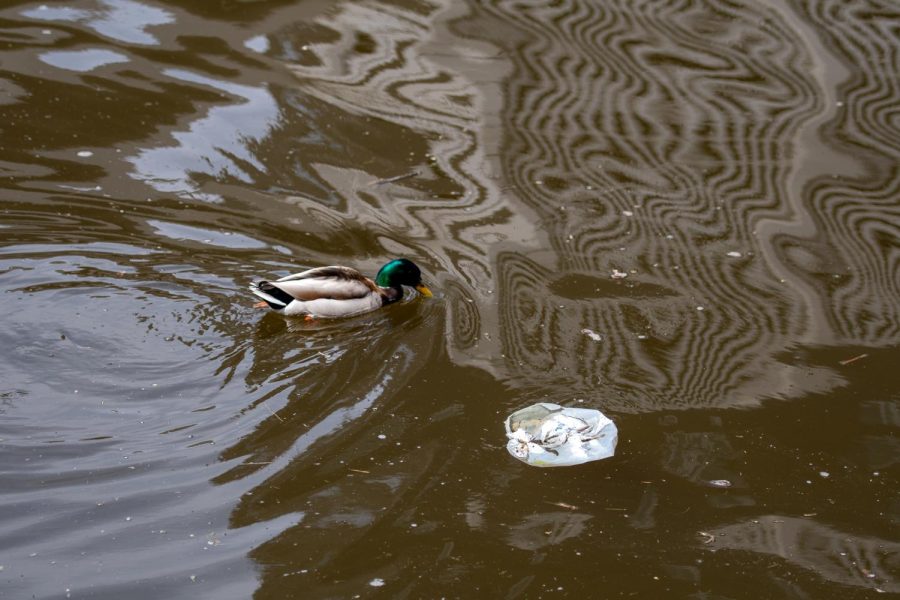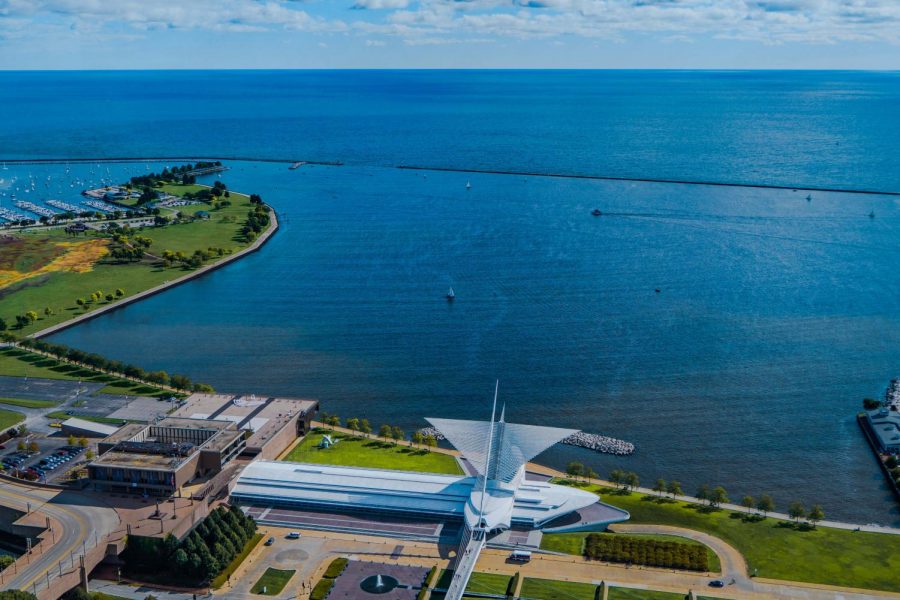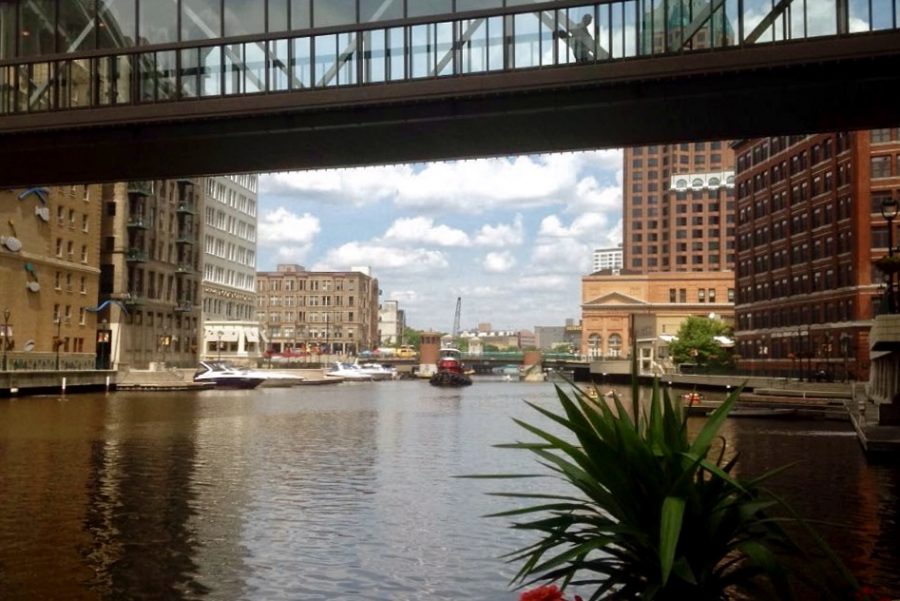A standout landmark of the city, the Milwaukee River has been a benefit for folks living in the area for hundreds of years. Providing resources, economic commerce, recreational activity and transportation the Milwaukee River has a deep history of that has flowed alongside the city.
Currently the Milwaukee River grades a D+ in water quality states the Milwaukee Riverkeeper. Milwaukee Riverkeeper has been working for over a decade monitoring pollutants in the Milwaukee River Basin and is a licensed member of the Waterkeeper Alliance.
Marquette is working with universities, non-government organizations and the local governments in trying to improve Milwaukee’s freshwater system, David Strifling director of Water Law Policies at Marquette said.
The clean water movement was kickstarted by the Clean Water Act of 1972, which set the standard for water pollution control. This was expanded upon by Mayor John Norquist in 1988 who launched the Riverwalk Initiative.
“The Clean Water Act has done a lot to change water quality, our waters are much cleaner. It [the act] essentially regulates the amount of pollutants discharged from factories … those kinds of discharges are heavily regulated by the Clean Water Act,” Strifling said.
These efforts led to a large improvement in the quality of the river which in turn increased the attraction of the waterway. The 3.1 mile Riverwalk provides a trip around the river and rentals for kayaks and paddle boards are available.
“I think when you’re in the city or just walking around it is really nice to look at. There is a lot to do, I see people on boats and kayaks…it’s a nice feature to the city,” Russel Sanchez, a senior in the College of Nursing, said.
The main reason for its lack of improvement is because of pollutants from non point source runoff. This includes run-off from agricultural and urban areas, such as fertilizer and road salt, which channel into the Milwaukee River.
In the past because of the the growth of industrialization in the area, pollutants like bacteria from human waste, organic materials and chemicals from manufacturing all reduced the quality of water, bringing down oxygen levels and depleting nutrients in the river. Persistent Bioaccumulative Toxic substances found in the river and are linked with a variety of health concerns. PBTs require special attention because of the way they break down.
Short term solutions in the 1920s were initiated which opened the river up for recreational activity. However, this did not last long and in the 1930s the river’s beach had to be shut down for public health concerns.
“I personally don’t think I would swim in the river. Just from the looks of it it doesn’t look very clean,” Paige Gjermstad, a senior in the College of Business Administration, said. “I’ve swam in (Lake) Michigan a lot and done open water training, but I haven’t swam in the river myself.”
In it’s older history, 1830’s and onward, it all started as a rivalry between the East and West. The Milwaukee River was the line that divided the two settlements of the area. To the east side of the river was Juneautown and to the west was Kilbourn Town.
In 1837 both towns were known as two separate entities, governed with their own presidents and board of trustees. However in 1839 a legislation passed that conjoined the two villages to be one city, Milwaukee.
This announcement did not come without resentment from the locals. Villagers living on both sides of the river were reluctant to come together. So when informed they would have to collaborate to build bridges over the river, many townspeople started to actively express their discontent.
Byron Kilbourn, the founder and financier of Kilbourn Town, protested the construction by creating a street pattern that didn’t align with Juneautown, which is why modern bridges on Wells Street, Juneau Avenue and Wisconsin Avenue run diagonally.
At the time the bridges were constructed crudely and in poor conditions which added fuel to the fiery rivalry between the two sides. The feuding reached its peak in 1845 when a boat crashed into the bridge on Wisconsin Avenue. Which sparked the events known as the Bridge War.
Kilbourn Town residents, worried about tax increases, demanded that some bridges be unused. After a vote against the proposition, a West Mob took matters into their own hands and destroyed the Chestnut/Juneau Avenue Bridge and damaged Oneida/Wells Street Bridge making both unusable. Juneautown residents responded by destroying their side of the Wisconsin Avenue bridge.
Fines of $50 for destroying a bridge were used to deter rebels, but saw no resolution to the conflict. Feuding lasted until February 1846 and a referendum was passed in support of financing new bridges, which then ended the “Bridge War.” The end of the conflict connected the two sides and brought economic and social growth.
By the 1850s, industries like farming, tanning, meat production and brewing had all grown and set up factories along the rivers. In the 1860s there were 558 factories, which grew to 2,879 in the 1890s.
“Continuing the dialogue of water quality, getting educated and going out and volunteering are the most important steps we can take in improving our water systems. This is how we can get back to using it recreationally,” Strifling said.
This story was written by Connor Baldwin. He can be reached at [email protected]






